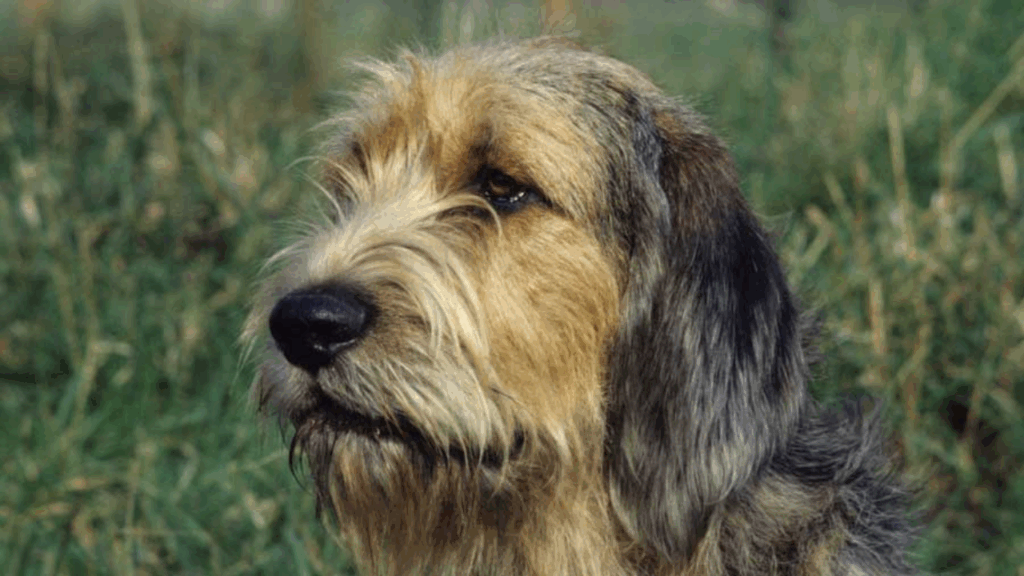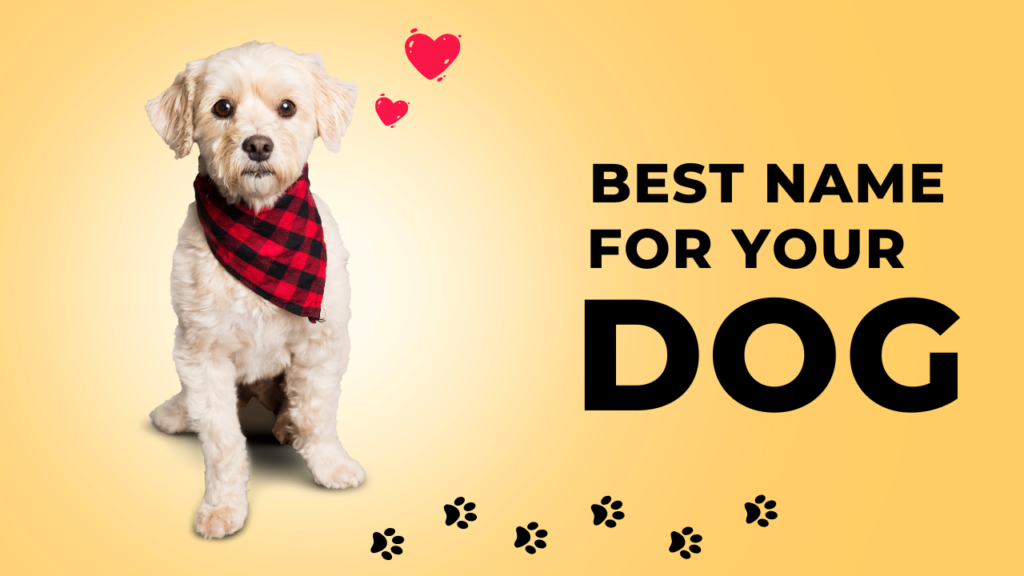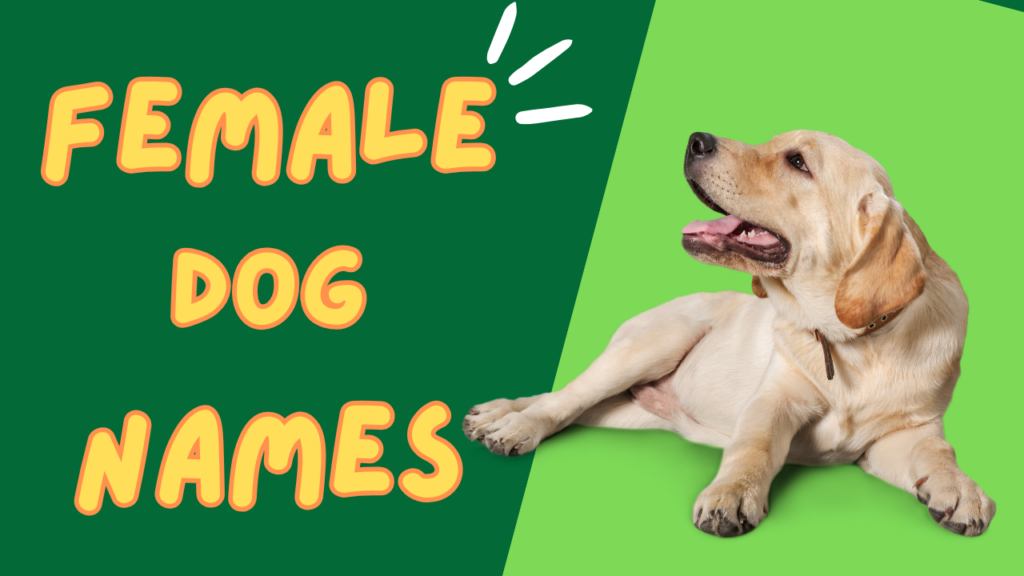The Otterhound is a large, shaggy, and friendly dog breed known for its exceptional sense of smell and unique heritage. As one of the rarest dog breeds in the world today, the Otterhound combines the noble qualities of a scent hound with a fun-loving and affectionate personality. Originally bred for hunting otters in medieval England, this breed has adapted to life as a loyal companion, though its working instincts and energetic nature remain intact.
In this article, we explore the Otterhound’s origins, physical characteristics, temperament, and care requirements — and why this rare breed deserves greater recognition and appreciation.
Historical Origins
The Otterhound has a fascinating history dating back to the Middle Ages in Britain. The breed was specifically developed to assist in hunting otters, which were once considered pests for depleting fish stocks in rivers and streams. To succeed in this role, Otterhounds needed a powerful nose, great endurance, a waterproof coat, and a love of water.
Their ancestry is believed to include a mix of Bloodhounds, Griffons, and French hounds, resulting in a dog that is both sturdy and sensitive to scent. The Otterhound was a staple of British packs for centuries and had royal backing — King Edward II is recorded to have kept Otterhounds as early as the 14th century.
However, when otter hunting was banned in the UK in the 1970s for conservation reasons, the breed lost its primary role and its numbers declined dramatically. Today, Otterhounds are incredibly rare, with fewer than 1,000 worldwide.
Appearance
The Otterhound has a striking, rustic appearance that reflects its working heritage.
- Size: Males typically stand 27 inches tall and weigh around 115 pounds, while females are slightly smaller.
- Build: The body is strong and muscular, built for endurance and navigating rough terrain.
- Coat: The double coat is rough, dense, and water-resistant — perfect for cold rivers and long hunts. It is typically 2 to 4 inches long and may be wavy or shaggy.
- Color: Otterhounds come in various colors, including grizzle, wheaten, black and tan, or white with markings.
- Head: They have a large head with a strong muzzle, bushy eyebrows, and long, pendulous ears that contribute to their scenting ability.
Temperament and Personality
Despite their powerful build and hunting background, Otterhounds are gentle and good-natured dogs.
- Friendly and Sociable: Otterhounds love people and tend to get along well with other dogs and even children. They thrive in social environments and do not do well when left alone for long periods.
- Independent Thinkers: Like many hounds, Otterhounds can be a bit stubborn. They often follow their nose rather than commands, making training a challenge for first-time dog owners.
- Energetic but Mellow: While they are energetic when outdoors or engaged in play, they are also known for their laid-back and relaxed nature indoors.
- Vocal: Otterhounds have a deep, booming voice. They are known to bay — a trait inherited from their hunting days — which some owners find charming and others may find noisy.
Exercise and Training
Otterhounds are working dogs at heart and need regular exercise to stay healthy and happy.
- Exercise Needs: A minimum of one to two hours of exercise per day is recommended. They enjoy long walks, hikes, swimming, and games that challenge their scenting skills.
- Training: Training an Otterhound requires patience and consistency. Positive reinforcement is key, but their independent nature means they may not always be eager to please.
- Off-Leash Considerations: Due to their strong scent drive, Otterhounds should not be allowed off-leash in unsecured areas. They can become so focused on a scent that they ignore commands and get lost.
Grooming and Health
Otterhounds require regular grooming, but their coat is relatively low-maintenance compared to other long-haired breeds.
- Brushing: Brushing two to three times a week helps prevent matting and removes debris from the thick coat.
- Bathing: These dogs don’t need frequent bathing, but their love of water and mud may require occasional rinses.
- Ear Care: Their long, floppy ears are prone to infection if not kept clean and dry.
- Health Issues: The Otterhound is generally a robust breed, but it may be prone to hip and elbow dysplasia, bloat (gastric torsion), and epilepsy. Their average lifespan is around 10 to 12 years.
Rarity and Conservation
The Otterhound is listed as a vulnerable native breed by the UK Kennel Club due to its critically low population. Conservation efforts are underway, but the breed remains rare even among dog enthusiasts. Ethical breeders are working hard to maintain the Otterhound’s health and unique characteristics, and every owner plays a role in promoting the breed’s survival.
Conclusion
The Otterhound is a true hidden gem in the dog world — a rare breed with a rich history, lovable temperament, and endearing appearance. While they require a bit of patience and plenty of space, Otterhounds reward their owners with affection, loyalty, and a sense of fun. For experienced dog lovers seeking a unique and engaging companion, the Otterhound offers something truly special.

Andy Parker is a dog lover, writer, and senior editor at BarkPicks. With years of experience covering canine health, training, and gear, he helps pet parents make smarter choices for happier, healthier dogs. Andy shares his home (and heart) with two rescue pups, Charlie and Mia.



